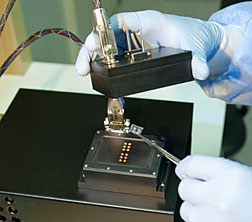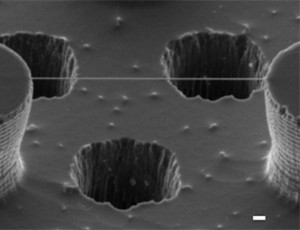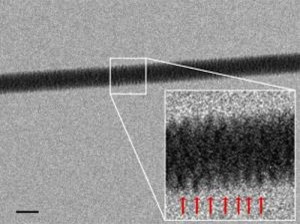 Scientists and engineers at Lawrence Livermore National Laboratory have managed to vastly decrease the time required to analyze DNA samples, by accelerating the process whereby samples are amplified for analysis. This is expected to lead to a 5-10 minute DNA test cycle, which is a huge improvement over the hours or days it takes now.
Scientists and engineers at Lawrence Livermore National Laboratory have managed to vastly decrease the time required to analyze DNA samples, by accelerating the process whereby samples are amplified for analysis. This is expected to lead to a 5-10 minute DNA test cycle, which is a huge improvement over the hours or days it takes now.
So how will this affect you? The example in the article at phys.org says it best, so I’ll just quote it here:
Picture this: You’ve brought your sick child to the doctor’s office. After checking her pulse and blood pressure, he takes a nasal or throat swab and inserts it into a mysterious black box. Before the doctor finishes his examination, the black box beeps, indicating that the pathogen that’s making your child sick has been identified.
(via Phys.org)
 Using some cool trickery with silicon nanopillars and an electron microscope, scientists in Italy managed to photograph and actual strand of DNA, including the closeup image below where you can start to make out the double helix structure. Impressive work!
Using some cool trickery with silicon nanopillars and an electron microscope, scientists in Italy managed to photograph and actual strand of DNA, including the closeup image below where you can start to make out the double helix structure. Impressive work!


